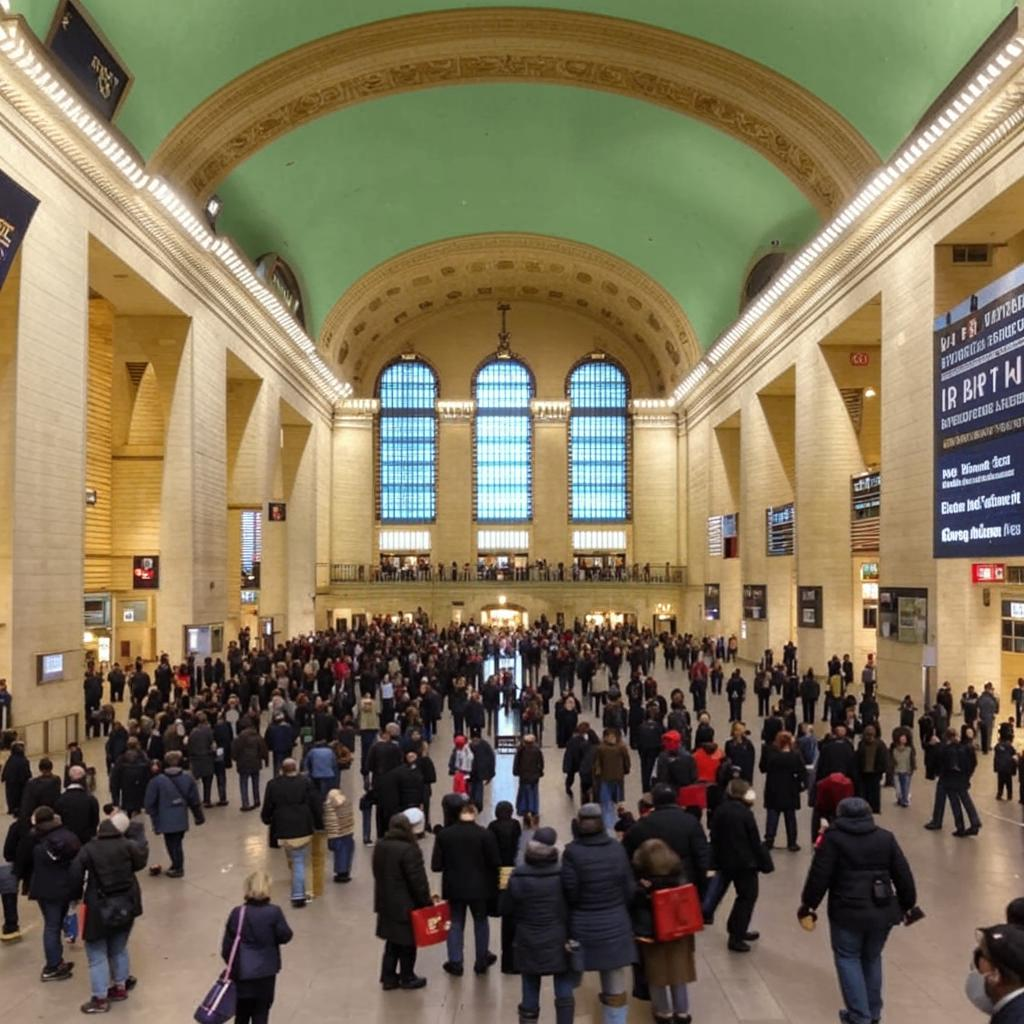A recent study has unveiled the demographics and locations where Americans experience the most “luck”—defined as opportunities, advantages, and positive outcomes. The research, published in the journal PNAS Nexus , challenges conventional notions of luck, suggesting it’s not solely random chance but influenced by societal structures and geographic location.
The study identifies several “luckiest” groups: young, highly educated white men living in urban coastal areas. This demographic often benefits from greater access to quality education, robust job markets, and established social networks. Conversely, older, less-educated individuals in rural areas, particularly in the South, are identified as facing the greatest disadvantages. These areas often struggle with limited economic opportunities, inadequate infrastructure, and healthcare disparities.
Researchers emphasized the impact of policy decisions on shaping these outcomes. They argued that investments in education, infrastructure, and social safety nets could help level the playing field, creating more opportunities for individuals in disadvantaged areas. The findings suggest that where you live and your socioeconomic background profoundly impact your chances of success. Luck, it seems, is not a random occurrence but is often systematically distributed. The study underscores the importance of addressing systemic inequalities to promote greater opportunity and well-being for all Americans, and reduce the inequality of life outcomes for different demographics. Further research is needed to explore the intersectionality of race, gender, and socioeconomic status in shaping experiences of “luck” in America.












